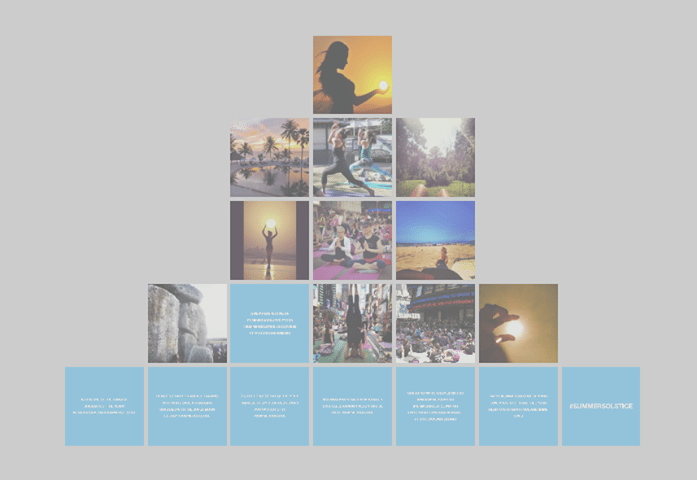 Creating video narratives requires both creativity and teamwork. For that reason, it’s a great assignment to use in the classroom. But how do you make such a complex process playful enough to maintain the students’ attention? Until now, it would have taken a huge effort from educators to make the process seamless. Some recent social media trends might help a lot in changing this.
Creating video narratives requires both creativity and teamwork. For that reason, it’s a great assignment to use in the classroom. But how do you make such a complex process playful enough to maintain the students’ attention? Until now, it would have taken a huge effort from educators to make the process seamless. Some recent social media trends might help a lot in changing this.
At first glance Vine or Instagram seems to be just another trendy way to share the videos we recorded. We’ve been doing it ever since YouTube came about. So what’s the big deal about doing it in shorter fragments? Exactly that: short fragments.
Micro-videos are fun to watch and create as individual pieces, but they can also be seen as fragments of a story. The good thing about fragments is that they can be rearranged, and glued together to build something bigger. This is exactly what video editing is all about. Except that gluing together a bunch of Instagram videos sounds a lot easier than video editing. Even more so, since there is another trend which provides the glue: Hashtags.
Hashtag-Based Storytelling For 21st Century Learning
Imagine asking the classroom to pick their favorite moment from a novel of your choice, and record it to an Instagram video with the #film001 hashtag. Some students will pick the same part of the story, so after watching the footage, they can record the remaining parts in groups.
This opens the opportunity for experimenting freely, without having to deal with complicated issues. But it still doesn’t solve connecting these building blocks into a final story. Today, everything seems to be perfectly aligned for having an effortless and fun way to learn the basics of film making. All that’s missing is a tool to connect the dots.
Using Brickflow
This is exactly what we have been working on. Brickflow is a web application for taking social media content, and turning it into a visual story. It was designed to be a perfect fit for micro-video based storytelling. It can automatically create a slideshow based on a hashtag, so it’s really easy to review all the available content. Building the story from these building blocks is as easy as playing with Lego. The final result can be remixed, so nobody will feel left out. Students can make different versions of the same story, using different source material. And they can also use their favorite videos by people they follow.
Creating a story with Brickflow is done on a zooming whiteboard interface, by simply dragging the building blocks next to each other. The sidebar offers ways to add new content by searching for a hashtag on social networks, or choosing from the user’s own content and favorites. Supported sources are Instagram, Twitter, Tumblr and YouTube.
This gives a flexible framework into the hands of teachers. They can ask students to build a story from pre-selected building blocks. It can be used to unfold a story by students taking turns to add new elements to it. Or it can be used to connect material that students recorded, as previously discussed.
And since anyone can participate by just submitting a hashtagged video on Instagram, or remixing a story on Brickflow, the assignment can be extended without limits.
Brickflow has just launched public beta on the 20th of July, which means it’s freely available for anyone to try.
